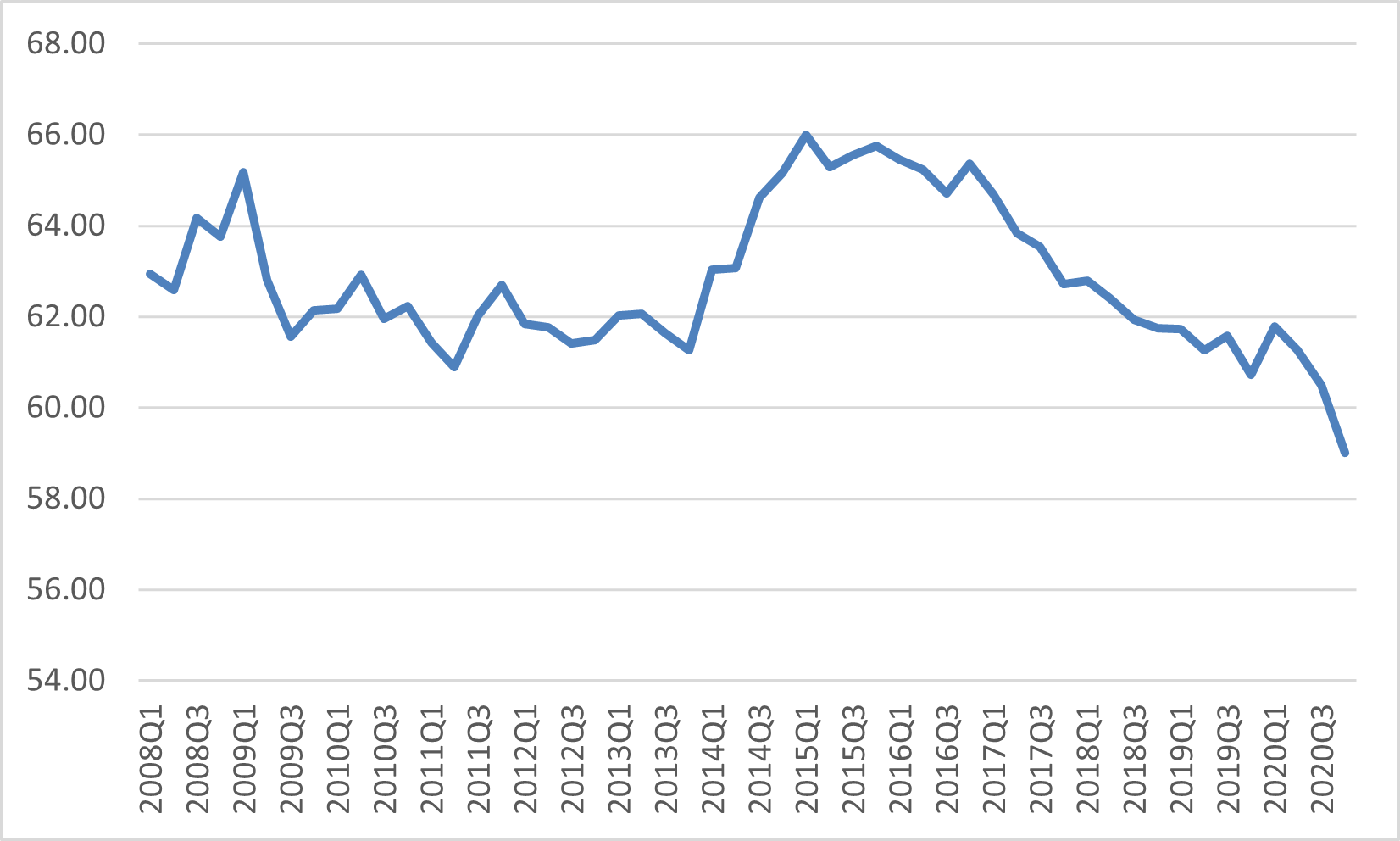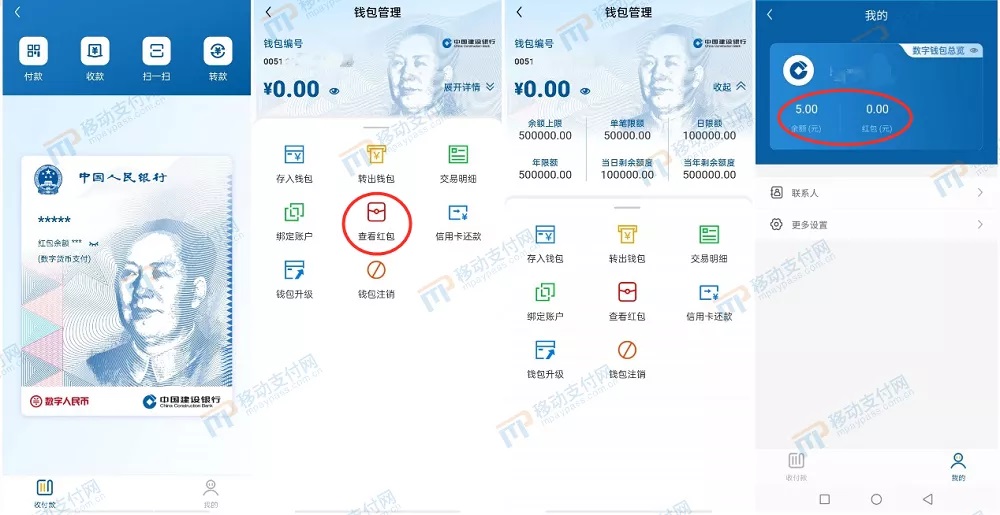Covid-19 has impacted the global economy and people’s lifestyles, and has also forced countries around the world to continue their quantitative easing policies. The U.S. dollar has shaken the dominance of the U.S. dollar in the international currency under the circumstances of the government’s continued quantitative easing and the people’s concerns about inflation. Does the position of global currency hegemony change?
After World War II, the U.S. dollar replaced gold as the mainstream of global currency trading
Before World War II, global currencies adopted the gold standard. After World War II, the gold standard was replaced by the Bretton Woods system. After the Breton Forest System collapsed, the U.S. dollar was linked to oil again, and the oil yuan system was adopted, which pushed up the U.S. dollar’s position in international transactions. In addition, after World War II, the U.S. industrial production accounted for almost half of the global production. International loans mainly based on the U.S. dollar increased, and the U.S. central bank used the U.S. dollar as a reserve currency, making the U.S. dollar a major source of international trade. The main pricing and settlement currency.
More than ten years of QE and the epidemic have shaken the status of the U.S. dollar
One of the important policies of quantitative easing (QE) political operation. Since the 2008 global financial tsunami, in order to save the economy, the United States has been leading the global quantitative easing policy for more than 10 years. The printing of a large number of banknotes by various countries saved the weak market at that time and brought the global economy to another peak of prosperity. However, this may cause problems such as a decline in the real purchasing power of currencies and inflation.
Since 2018, governments of various countries have begun to reduce the balance sheet, hoping to remedy the possible problems caused by QE. The new crown pneumonia pandemic has no choice but to hit the global economy hard, forcing governments to continue QE to maintain economic prosperity. However, QE has been around for nearly 13 years. According to the Federal Reserve Economic Data (FRED), the US dollar circulation in 2008 was 815.2 billion US dollars, and now the circulation has reached 2.15 trillion US dollars, which is 2.64 times that of 13 years, reaching a record high.

The number of U.S. dollars in circulation (Source: FRED)
According to IMF data, among global currencies, the U.S. dollar has consistently ranked first in the world’s foreign exchange deposits. In the first quarter of 2015, the U.S. dollar’s share of global foreign exchange deposits reached the highest point since the 2008 financial tsunami, reaching 66%. In view of the risks of excessive implementation of quantitative easing (QE) that may cause inflation and the decline of the dollar, governments of various countries have begun to seek new foreign currencies to hedge, and the proportion of dollar holdings in the foreign exchange deposits of countries around the world has gradually decreased. At the end of 2020, the U.S. dollar accounted for only 59% of global foreign exchange deposits, a record low.

Percentage of U.S. dollars in global foreign exchange deposits (Source: IMF)
Russia took the lead in firing the first shot of “de-dollarization”
The dispute between the United States and Russia has made Russia likely to be removed from the SWIFT settlement mechanism. Therefore, Russia ordered all U.S. dollars circulating in its economic system to be converted into euros, and state-owned enterprises also converted all U.S. dollars and foreign exchange into euros to avoid US sanctions. The country’s US$186 billion sovereign wealth fund will also sell all US dollar and US dollar-denominated assets and purchase euros, renminbi, or materials denominated in them. The country’s primary goal is to replace the U.S. dollar with the euro and become a euro-ified country, and may also become the first country to de-dollarize.
Digital RMB may become another new overlord

Compared with the loose dominance of the US dollar, the influence of the RMB is increasing day by day. Ray Dalio, the founder of Bridgewater Associates, the world’s largest hedge fund, believes that the rapid growth of RMB in the foreign exchange market is expected to rise to 10-15% in the next ten years, and then become a global reserve currency. In addition, China, as the world’s largest trade and capital market, and the government’s commitment to digital RMB, have helped the RMB be accepted internationally and rivaled by the U.S. dollar.
The U.S. dollar has an advantage and is difficult to replace
Even if the status of the US dollar is not as good as it used to be, it still holds a 59% share of foreign exchange deposits and firmly ranks among the global currency hegemony. Dong Tao, Vice Chairman, Greater China, Private Banking, Credit Suisse, believes that countries around the world begin to vaccinate to promote economic recovery, which will cause funds to flow out of the US dollar zone and shift to other emerging countries, thereby depressing the US dollar. Coupled with a large number of QE in the United States, it has loosened the status of the dollar. However, popular currencies such as the euro and the renminbi have their own problems. At present, there is no currency in the market that can truly compete with the US dollar, or even replace the US dollar, and the US government will not allow its own currency’s influence to decline. The US dollar is still the mainstream and strong currency in global transactions, and it is difficult to be replaced in a short period of time.